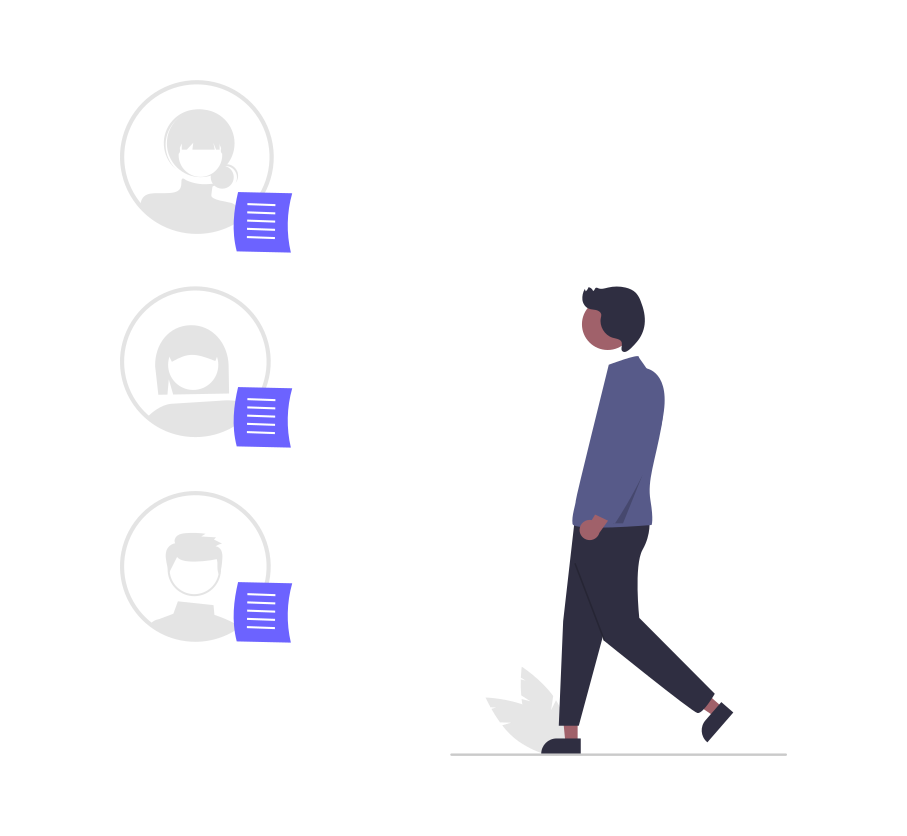In the ever-evolving landscape of digital marketing, understanding customer behavior is crucial. Behavioral segmentation, a powerful technique, allows marketers to tailor their campaigns with pinpoint accuracy, enhancing engagement and conversion rates. This blog delves into advanced techniques for leveraging behavioral segmentation in your digital marketing efforts.
The Core of Behavioral Segmentation
Behavioral segmentation divides your audience based on their actions, preferences, and interactions with your brand. Unlike demographic or psychographic segmentation, it focuses on how customers behave, providing deeper insights into their needs and decision-making processes.
Techniques to Master Behavioral Segmentation
1. Purchase Behavior Analysis
Understanding purchase behavior involves analyzing how and when customers buy products. Key factors include:
- Frequency of Purchases: Identify high-frequency buyers versus occasional shoppers.
- Average Order Value: Determine the typical spend per transaction.
- Purchase Timing: Recognize patterns in buying times and seasons.
Use these insights to tailor offers and communication that align with customers’ purchasing habits.
2. Website Interaction Tracking
Monitor how users interact with your website to segment them effectively:
- Page Views: Track which pages attract the most visits.
- Click-Through Rates: Analyze the elements that garner the most clicks.
- Session Duration: Measure how long users stay on your site.
This data helps in understanding user interests and optimizing content to match their preferences.
3. Email Engagement Metrics
Emails are a goldmine for behavioral data. Key metrics include:
- Open Rates: Identify which subject lines resonate best.
- Click Rates: Understand which content drives engagement.
- Unsubscribe Rates: Gauge the effectiveness of your messaging.
Segment your email list based on these behaviors to deliver more relevant content.
4. Social Media Activity Analysis
Social media platforms provide valuable insights into user behavior:
- Engagement Rates: Measure likes, comments, and shares to gauge content effectiveness.
- Follower Growth: Track the increase in followers over time.
- Content Preferences: Identify the types of posts that generate the most engagement.
Use these insights to craft social media strategies that cater to your audience’s preferences.
Implementing Behavioral Segmentation in Campaigns
Personalized Content Creation
Leverage behavioral data to create highly personalized content. This involves:
- Dynamic Content Blocks: Display different content to different segments based on their behavior.
- Targeted Recommendations: Suggest products or services that align with users’ past behaviors.
- Customized Landing Pages: Design landing pages that cater to specific segments’ needs and interests.
Automated Marketing Workflows
Automate your marketing efforts using behavioral triggers:
- Abandoned Cart Reminders: Send automated emails to users who leave items in their cart.
- Post-Purchase Follow-Ups: Engage customers after a purchase with related product suggestions.
- Re-Engagement Campaigns: Target inactive users with incentives to bring them back.
Automation ensures timely and relevant communication, enhancing user experience and conversion rates.
Segmentation-Based Advertising
Optimize your ad spend by targeting segments based on behavior:
- Retargeting Campaigns: Show ads to users who have interacted with your site but haven’t converted.
- Lookalike Audiences: Create ad campaigns targeting users similar to your best customers.
- Behavioral Targeting: Use data from users’ online activities to display relevant ads.
This approach increases the likelihood of ad engagement and conversions.
Measuring Success and Refining Strategies
Continuous measurement and refinement are crucial for success:
- Analytics Tools: Use tools like Google Analytics, HubSpot, or Mixpanel to track performance.
- A/B Testing: Experiment with different strategies to identify what works best.
- Customer Feedback: Gather feedback to understand user satisfaction and areas for improvement.
Regularly review your data to refine your segmentation and enhance campaign effectiveness.
Conclusion
Behavioral segmentation offers a robust framework for understanding and targeting your audience with precision. By analyzing purchase behavior, website interactions, email engagement, and social media activity, you can create personalized content, automate marketing workflows, and optimize advertising strategies. Embrace these advanced techniques to elevate your digital marketing campaigns and achieve greater success.


